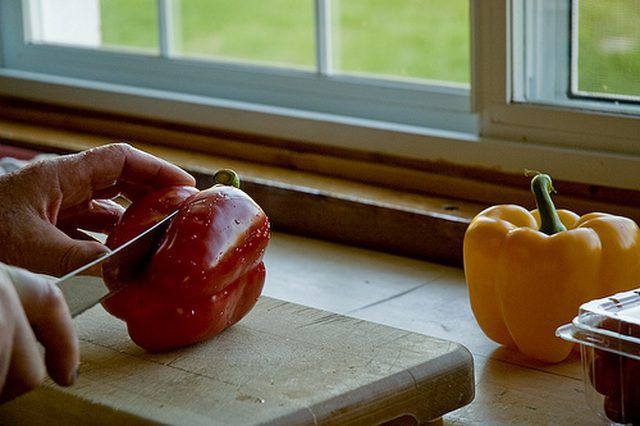Bulbs
Flower Basics
Flower Beds & Specialty Gardens
Flower Garden
Garden Furniture
Garden Gnomes
Garden Seeds
Garden Sheds
Garden Statues
Garden Tools & Supplies
Gardening Basics
Green & Organic
Groundcovers & Vines
Growing Annuals
Growing Basil
Growing Beans
Growing Berries
Growing Blueberries
Growing Cactus
Growing Corn
Growing Cotton
Growing Edibles
Growing Flowers
Growing Garlic
Growing Grapes
Growing Grass
Growing Herbs
Growing Jasmine
Growing Mint
Growing Mushrooms
Orchids
Growing Peanuts
Growing Perennials
Growing Plants
Growing Rosemary
Growing Roses
Growing Strawberries
Growing Sunflowers
Growing Thyme
Growing Tomatoes
Growing Tulips
Growing Vegetables
Herb Basics
Herb Garden
Indoor Growing
Landscaping Basics
Landscaping Patios
Landscaping Plants
Landscaping Shrubs
Landscaping Trees
Landscaping Walks & Pathways
Lawn Basics
Lawn Maintenance
Lawn Mowers
Lawn Ornaments
Lawn Planting
Lawn Tools
Outdoor Growing
Overall Landscape Planning
Pests, Weeds & Problems
Plant Basics
Rock Garden
Rose Garden
Shrubs
Soil
Specialty Gardens
Trees
Vegetable Garden
Yard Maintenance
Why Do My Sweet Bell Peppers Have Brown Spots?
Why Do My Sweet Bell Peppers Have Brown Spots?. Growing sweet peppers can challenge even expert gardeners. The development of brown spots on the sweet pepper can be a particularly troublesome problem, with the most likely cause being a condition known as blossom-end rot.

Growing sweet peppers can challenge even expert gardeners. The development of brown spots on the sweet pepper can be a particularly troublesome problem, with the most likely cause being a condition known as blossom-end rot.
Identification
Blossom-end rot causes brown spots at the tip, or underside, of the sweet bell pepper. The spots begin as small watery areas and grow larger and darker, eventually forming a sunken region with leathery, withered skin.
Causes
The main cause of blossom-end rot is excessive water retention due to inconsistent watering. Fluctuating soil moisture disrupts the amount of calcium in the pepper and leads to the improper water storage.
Prevention/Solution
Since the pepper's skin has no openings to accommodate direct calcium supplements or watering, blossom-end rot must be treated in the soil. Add organic material, such as peat moss and compost, to the soil to improve drainage and help regulate moisture. Mixing lime into the soil ahead of planting will help alleviate any calcium deficiencies.
Considerations
Once brown spots develop on the pepper, indicating the presence of blossom-end rot, nothing can be done to treat the pepper. All efforts must be made to prevent the condition from harming future peppers.
Warning
Blossom-end rot can lead to bacterial infection and fungi growth within the pepper.